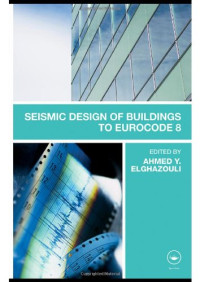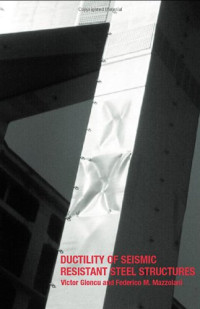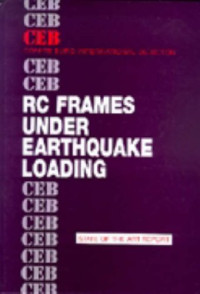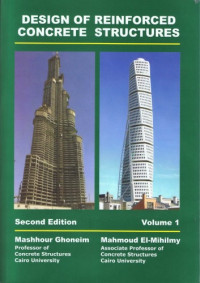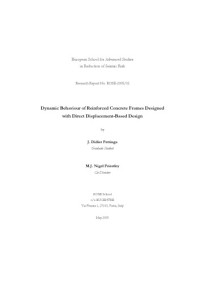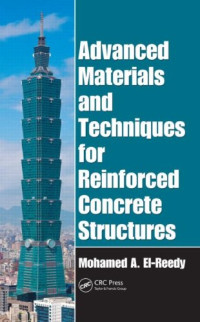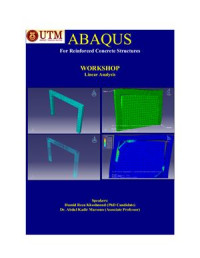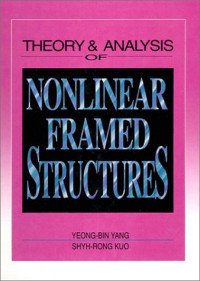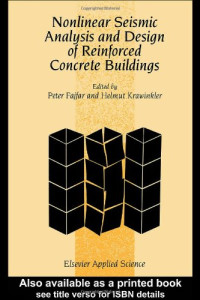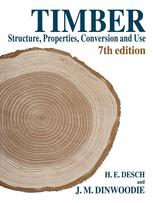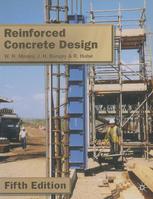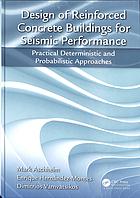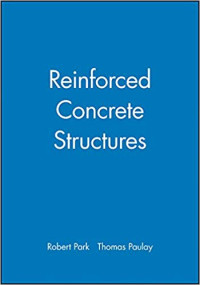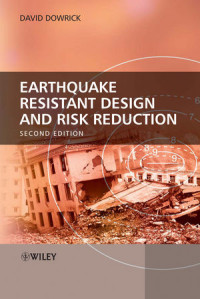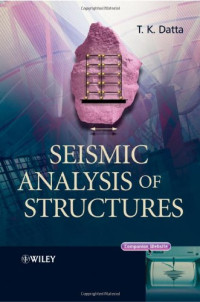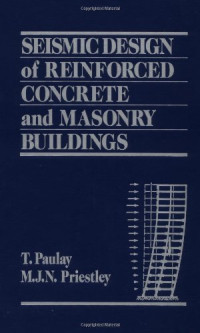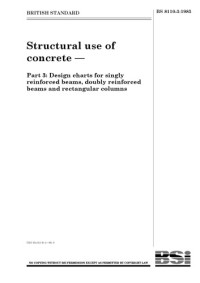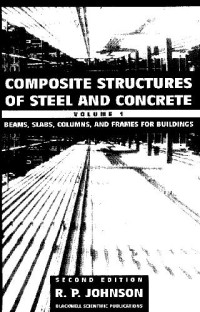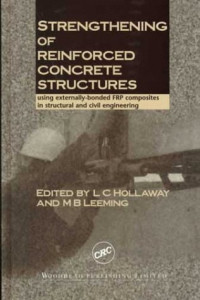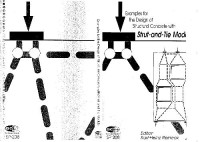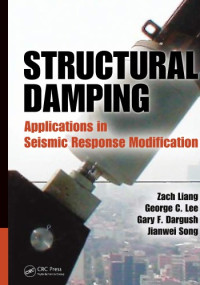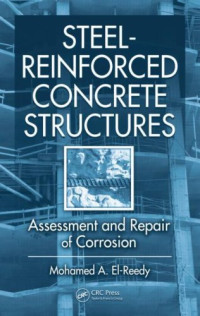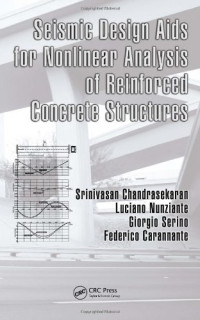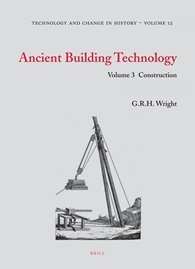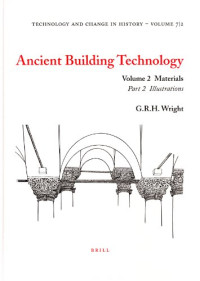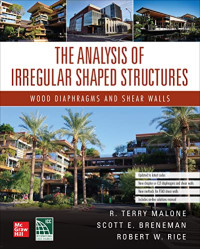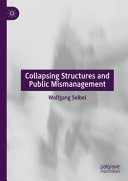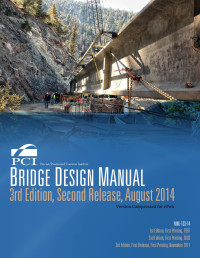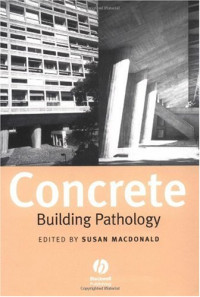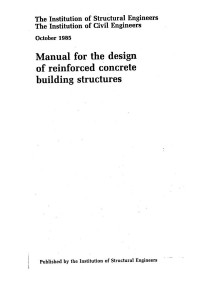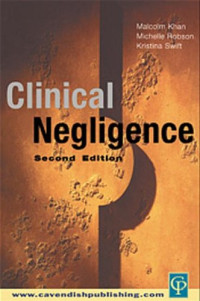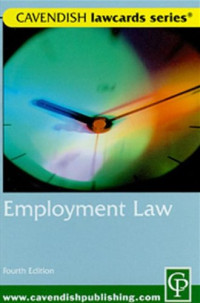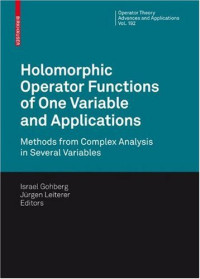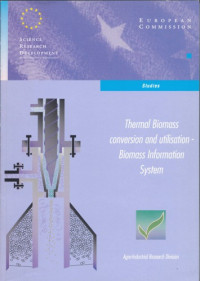
Seismic Design of reinforced concrete structures for controlled inelastic response
Comite Euro-International Du Beton
This detailed guide will enable the reader to understand the relative importance of the numerous parameters involved in seismic design and the relationships between them, as well as the motivations behind the choices adopted by the codes. For a structure to remain elastic under its design seismic action, typically associated with a 10 per cent exceedance probability in 50 years, it has to be designed for lateral forces with magnitude in the order of 50 per cent or more of its weight. Although technically feasible, designing a structure to respond elastically to its design seismic action is economically prohibitive. It is also completely unnecessary, as the earthquake is a dynamic action, representing for a structure a certain total energy input and a demand to tolerate a certain level of displacement and deformation, but not a demand to withstand specific forces.Therefore, seismic design codes allow the development of significant inelastic response under the design seismic action, provided that the magnitude of inelastic deformations does not endanger the integrity of the individual members and of the structure as a whole. The rapid development which has occurred in seismic codes has left a need to review the theoretical framework underlying the process of modern seismic design of reinforced concrete, if for no other reason than to make it more accessible and to explain its logic to those outside the small circle of experts. This design guide aims to satisfy this need in a pragmatic way. This book begins by outlining, comparing and contrasting the approaches taken by four regional codes (New Zealand, USA, Europe and Japan). Next follows a chapter on reliability-based system analysis which demonstrates that the problem of seismic design can be theoretically formulated in a comprehensive way which can provide results of practical value. The main part of the guide is devoted to practical issues relating to the measurement of seismic performance and case reports. The detailed discussions provided will enable the interested reader to understand the relative importance of the numerous parameters involved in seismic design and the relationships between them, as well as the motivations behind the choices adopted by the codes. The final chapter on the assessment of existing buildings covers a crucial topic for the future of earthquake engineering.
년:
1997
출판사:
Thomas Telford Ltd
언어:
english
페이지:
184
ISBN 10:
0727726412
ISBN 13:
9780727726414
파일:
PDF, 28.59 MB
IPFS:
,
english, 1997
 Amazon
Amazon  Barnes & Noble
Barnes & Noble  Bookshop.org
Bookshop.org  파일을 변환하실 수 있습니다
파일을 변환하실 수 있습니다  더 많은 검색 결과
더 많은 검색 결과 기타 혜택
기타 혜택 